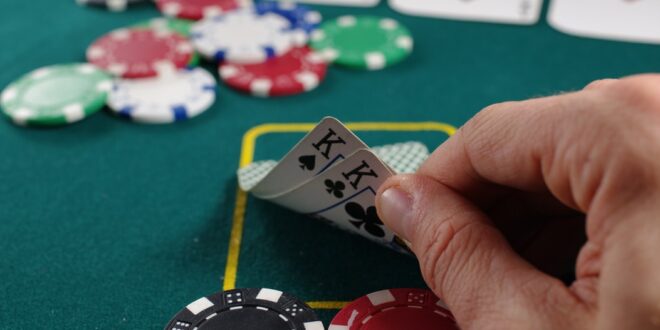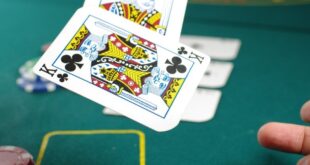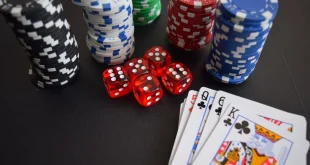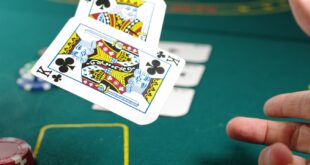Poker is among the oldest casino games. However, if you want to be a successful poker player, there are certain weapons you must have in your arsenal of weapons. These weapons usually come in different types of wagers you can place.
In the past, poker fans could only enjoy a game of poker by visiting a brick-and-mortar casino. In this sense, access to the game was highly restricted. On the other hand, the game has become increasingly accessible thanks to online casinos.
The popularity of online casinos has seen multiple states revise their gambling laws to accommodate online casino gambling.So what are the best poker bets to improve your strategy? You can get an update on the legal online poker operators in the state and read on to find out on https://www.legaluspokersites.com/state-laws/pennsylvania/.
Value Bet
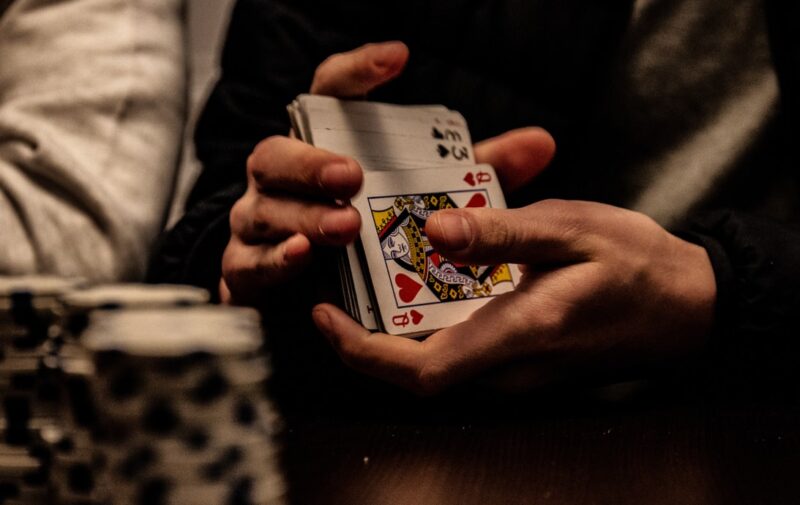
The objective of this bet is to get money into the pot without scaring off your opponents. According to multiple experienced poker players, your bet range should be half the size of the pot.
In a value bet, the poker player believes they have the best hand, and they want the size of the pot they are about to win to increase. The challenge you’ll face here is that you want as much money as possible in the pot.
On the other hand, you also don’t want to bet too much to scare off your opponent, and they fold. So, you have to find the maximum bet you can make that your opponent will call.
This bet is very subjective as it depends on the opponent and other factors. Nevertheless, the general principle is the Value bet should be about half the size of the pot. This is small enough to tempt a losing opponent to continue in the hand. It is also big enough to protect your hand against opponents who are on draws from overtaking your hand.
Probe Bet
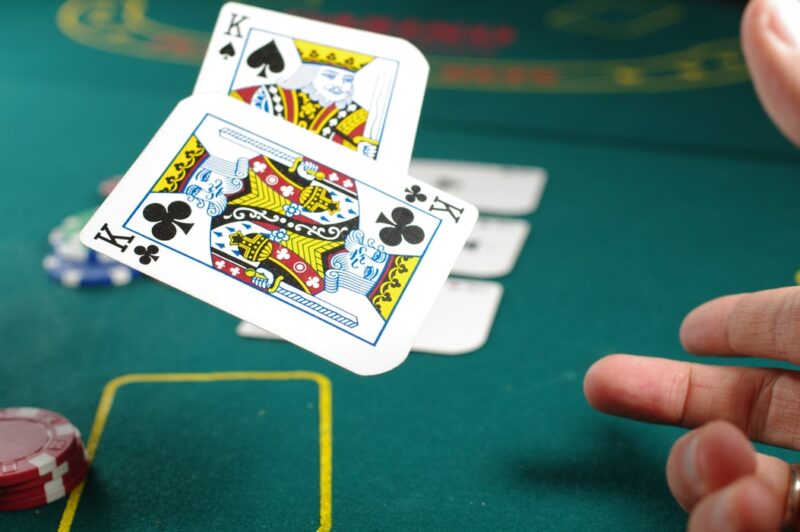
The Probe bet aims to extract information from your opponents. The betting range for this type of bet is one-third the size of the pot. It applies when your opponent has taken the lead in the betting before the flop, and he does not bet after the flop.
This scenario creates a challenge for you because your opponent is giving you mixed signals. He showed strength before the flop and has shown weakness after the flop.
Why would your opponent do this?
- It is likely that your opponent has missed the flop and does not want to commit more chips to the pot.
- They could also have a big hand on the flop and attempt to slowplay or trap you.
- Your opponent could have hit a medium-strength hand on the flop and is worried that you would hit a higher hand than them.
In this regard, you should determine whether your opponent’s weakness is genuine or is a trap. This is where the Probe bet comes in; you probe for information from your opponent.
Continuation Bet

The objective of this type of bet is to maintain the perception of strength. Keep this bet’s range at half the size of the pot. Use this bet only when you take the lead in the wagering before the flop by making a raise. The flop will come down completely missing your hand.
So, you’ll be sitting there with a hand that missed the flop, but you have already demonstrated strength. Moreover, they are not aware that you missed the flop. In this scenario, you have the option of making the Continuation bet.
When you make the Continuation bet, your aim is to maintain the perception of strength you showed your opponent before the flop. Your hope is to pick up the pot right here without any more action.
There is a probability that your opponents missed the flop too. Therefore the demonstration of strength before the flop followed by the continuation of that perception of strength after the flop could force your opponents to fold.
Overbet

The objective of the Overbet is to put maximum pressure on your opponent, forcing them to make a mistake. This bet’s range is usually 1x or 2x the Pot size.
In this type of bet, you make an oversized wager to exert maximum pressure on your opponent, hoping they make a terrible decision.
You can use an Overbet in these situations:
In a Bluff Attempt
Here, you are attempting to take the pot and want to make it very expensive for your opponent to try and call out your bluff. In this case, you might succeed in forcing out opponents who have marginal hands.
In an Attempt to Build Up the Pot
Suppose you are playing a particularly loose opponent or have recently tried several bluffs and your opponents have seen, you may overbet the pot hoping to get a call. In that case, your opponents may call, thinking you are trying another bluff.
Slow Play

The objective of Slow Play is to act weak, hoping to induce action from your opponent. This is a potent trick that you can use to extract additional chips out of your opponent, who wouldn’t typically commit many chips to a particular pot.
However, it is a risky maneuver as it allows your opponent to catch up and overtake your hand. Therefore, it would be best if you used this play with a strong hand. Slow Play works by acting weak with the aim of hiding the strength of your hand. In the process, you hope that it will provoke a bluff or at least a misinformed bet from your opponent. As a result, they might end up committing chips to the pot that he wouldn’t otherwise have committed.
This is an excellent strategy while playing against a very tight opponent. In this regard, you give him free cards hoping that he might catch up a bit but not overtake your hand, consequently provoking him to bet.
You can use slow bet in the following scenarios:
- When your opponent is a tight player who is tough to extract cards from.
- When playing a very loose player who more or less consistently wagers if you check and regularly bluffs.
- When there are no draws on the board that could beat your hand.
 Poker Players Alliance Casino & Gambling Articles 2024
Poker Players Alliance Casino & Gambling Articles 2024
